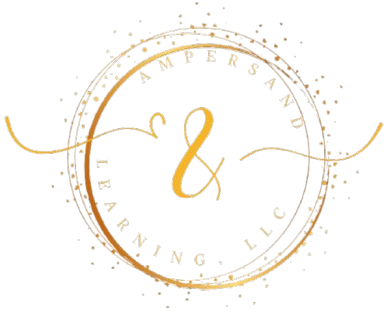The word gratitude often conjures up something soft. Sweet. Maybe even a little fluffy.
A thank-you note. A classroom activity before break. A feel-good moment that takes a backseat to “real” learning.
But what if gratitude isn’t just a warm fuzzy?
What if it’s actually a tiny, radical disruption?
A Quiet Shift with Big Ripples
There’s a 3rd grade teacher I know who starts every Monday morning with the same question:
“Who helped you last week—and how did it make a difference?”
The first time she asked it, the room was silent. A few shrugs. Some blank stares.
But by November, her students were asking to go first. They were naming each other—“James helped me find my notebook when I was stressed,” or “Malia let me use her eraser, even though she needed it too.” They were noticing. Naming. Appreciating.
And without her ever teaching a formal lesson on community or kindness or character, something began to shift:
Students started acting more like citizens.
Because gratitude didn’t just live in their hearts—it started showing up in their behavior.
Gratitude Grows Abundance
A high school teacher once told me that she used to begin every staff meeting with a lengthy list of announcements, updates, and “housekeeping items.” She noticed people zoning out, rushing through, and generally dreading those meetings. So one day, she tried something different.
“Before we get to anything else,” she said, “let’s take one minute. What’s something you’re grateful for this week?”
That one minute became a ritual. The first few weeks, the gratitude was practical—“hot coffee in the lounge,” “copy machine finally working.” But as time went on, something changed.
People started sharing more personal, more joyful things:
“I’m grateful for the way my students jumped into the project today—it reminded me why I teach.”
“I’m grateful for the way our team had each other’s backs this week.”
“I’m grateful for laughter in my classroom.”
She said the mood of the meetings shifted completely. People leaned in. They listened. And, most surprisingly, they stopped competing for air time, support, or recognition. There was a new sense of enoughness in the room.
Gratitude had changed the culture—not just emotionally, but practically. It replaced scarcity thinking with a mindset of abundance. And from that place, collaboration, generosity, and joy flowed more easily.
Why Gratitude Is a Disruption
🌀 Disruption: Use gratitude to elevate the good, not just correct the bad.
In many classrooms and schools, we spend a lot of time identifying what needs fixing—behavior charts, missing homework, areas for improvement.
Gratitude interrupts that rhythm.
It says: Let’s notice what’s already working. Let’s make the invisible visible. Let’s center contribution instead of compliance.
And that subtle shift builds something much bigger: an ethic of citizenship.
Because when students feel valued, they start to value others.
When they see that kindness, generosity, or support is recognized—not with prizes, but with presence—they begin to contribute more freely, more often, and with deeper purpose.
Building Gratitude into the Culture
Gratitude doesn’t need a bulletin board. It needs a habit.
Here are a few ways you might build it into your classroom or staff culture:
- Start or end the day with a quick “Who made your day better?” share-out
- Model gratitude publicly: thank a student for a thoughtful question, or a colleague for their consistency
- Make gratitude specific—move beyond “good job” to “I appreciated the way you encouraged your partner when they felt stuck”
- Keep a class or personal “gratitude journal” with just one sentence a day
These aren’t big changes. But they make a big impact—because they focus our attention on community, not just compliance.
Deep Learning and Citizenship
Gratitude isn’t just emotional. It’s civic.
In the deep learning framework, citizenship is about understanding one’s role in the world—and acting with compassion and intention. Gratitude helps students see their part in a larger whole. It builds empathy. It strengthens communication. It reminds us that learning is relational, not transactional.
When we model and teach gratitude, we’re creating more than a kind classroom—we’re building the foundation for a better world.

Final Thought
In a time when schools are under pressure to perform, gratitude is a quiet revolution.
It says, “We see each other.”
It honors the small acts that keep classrooms alive.
It disrupts negativity.
And it invites everyone—students, teachers, staff—to show up, not just as learners, but as humans in community.
Let that be enough today.
Say thank you.
And mean it.
Then watch the joy grow.


0 Comments